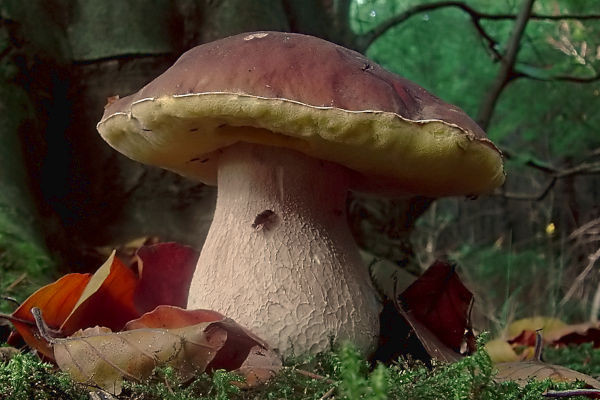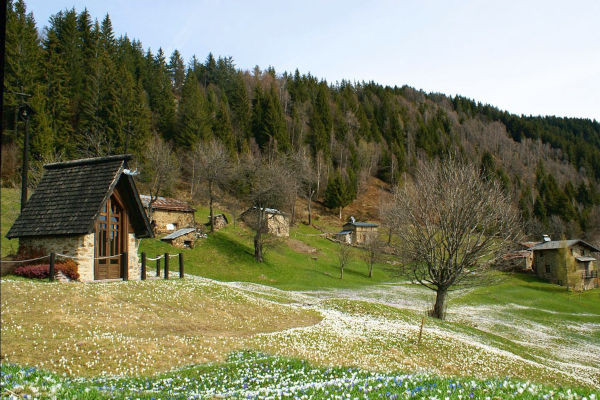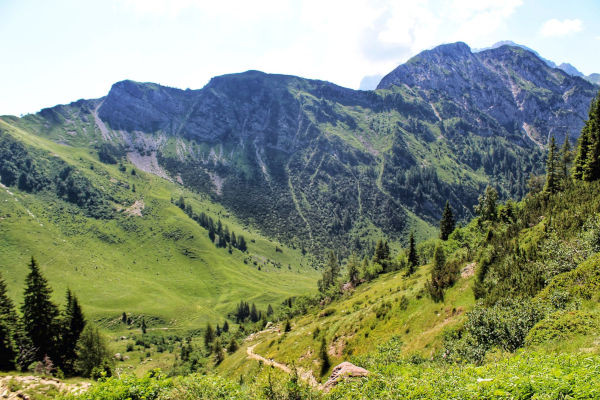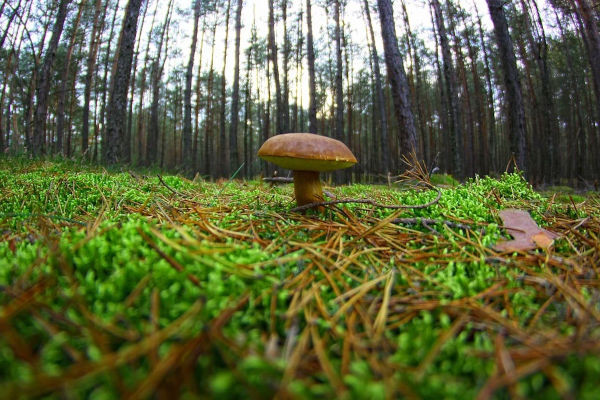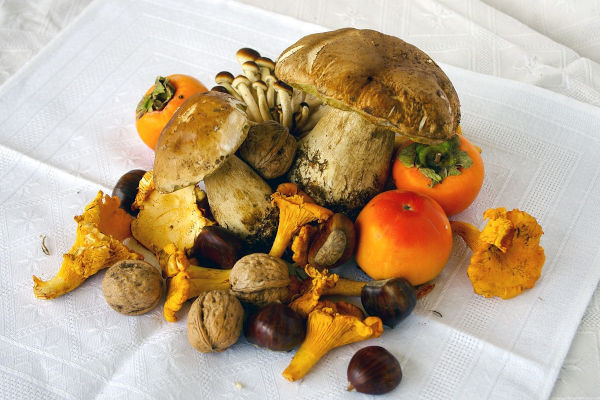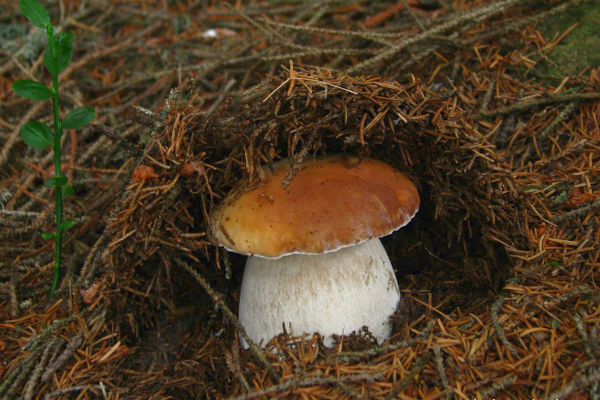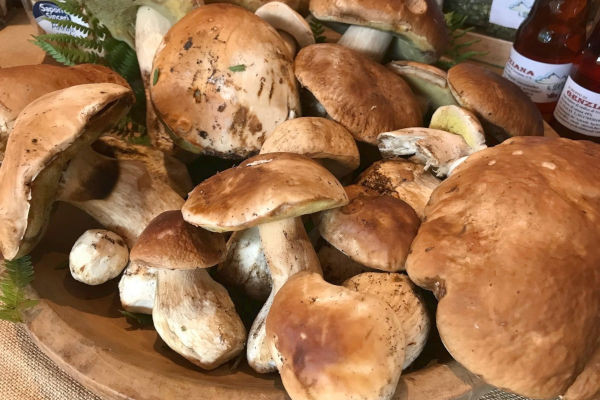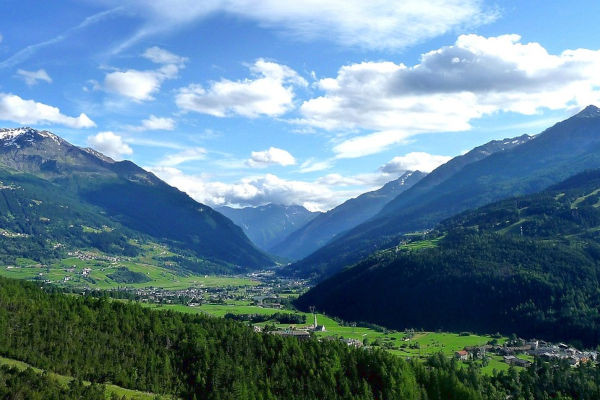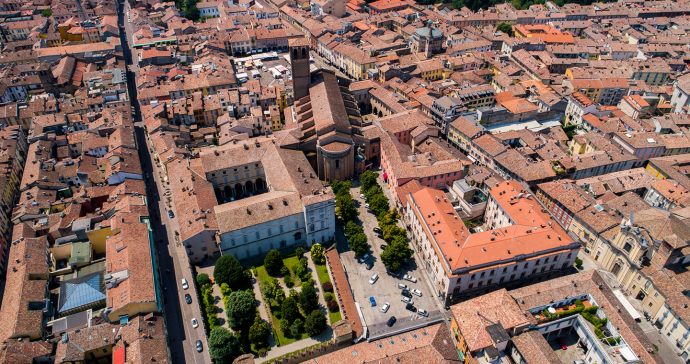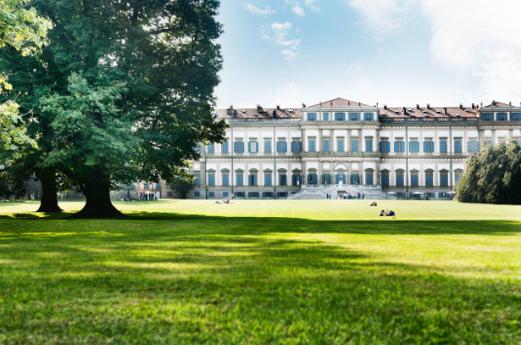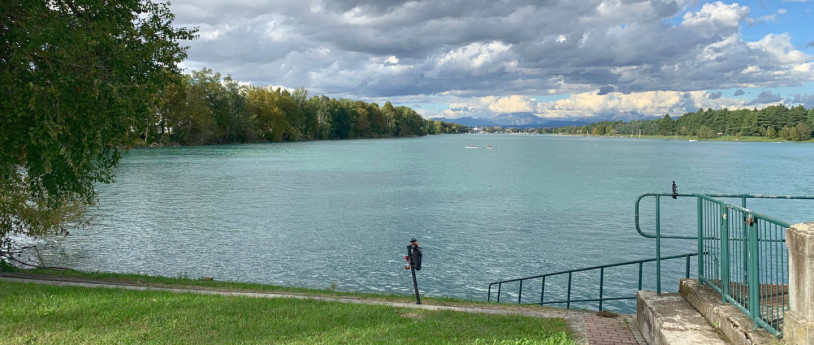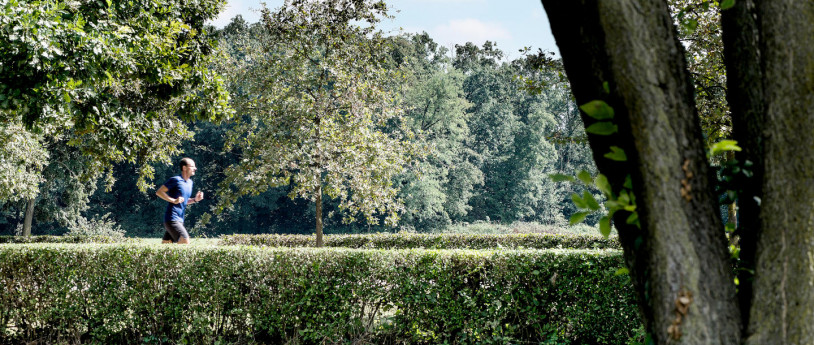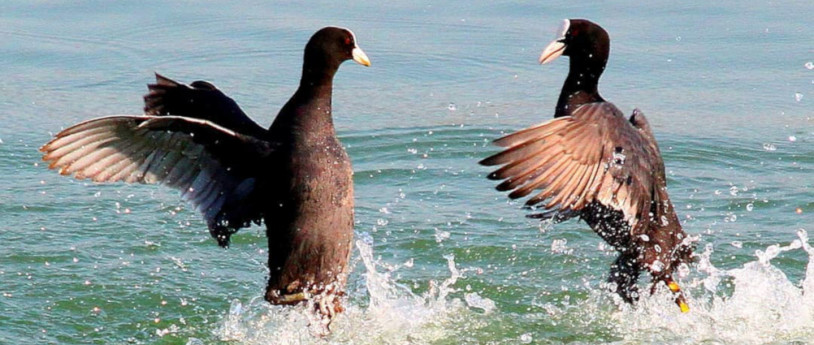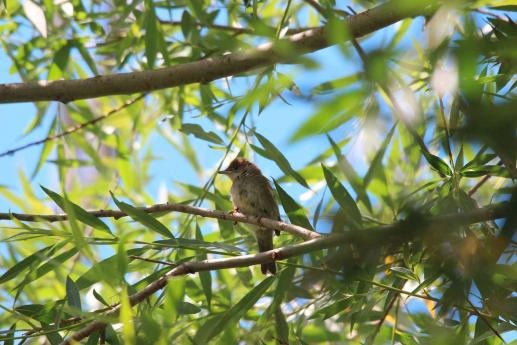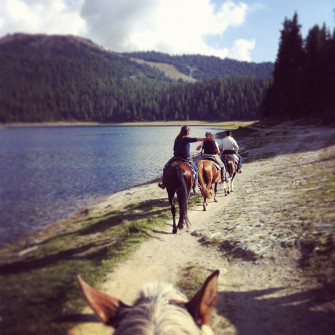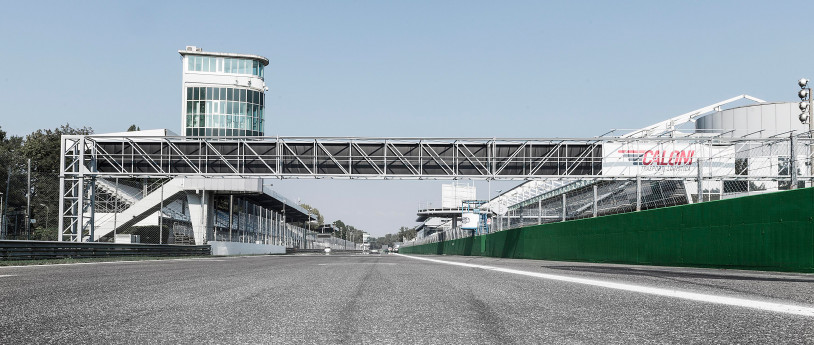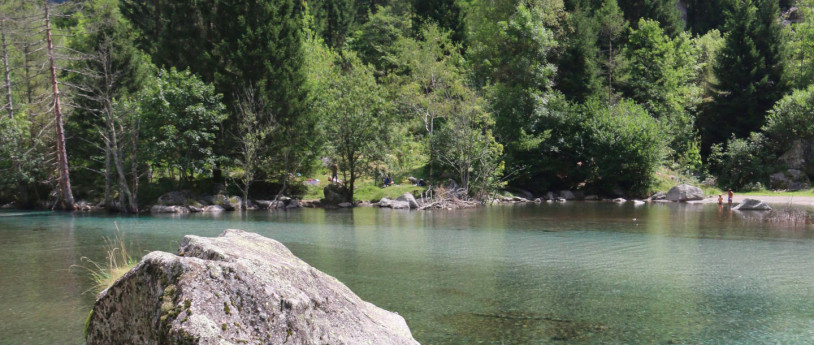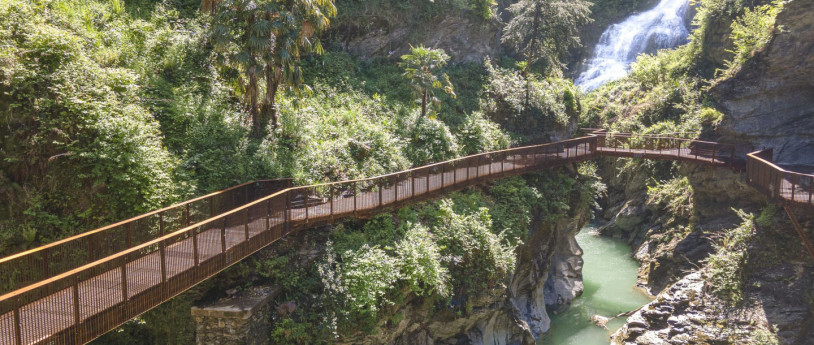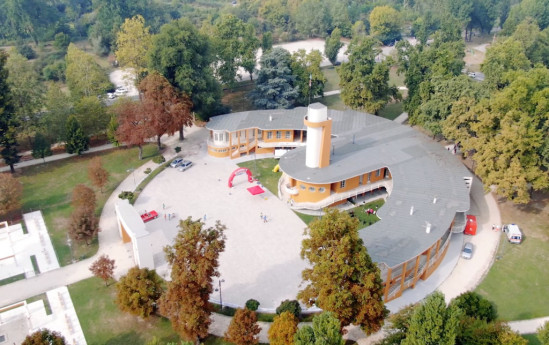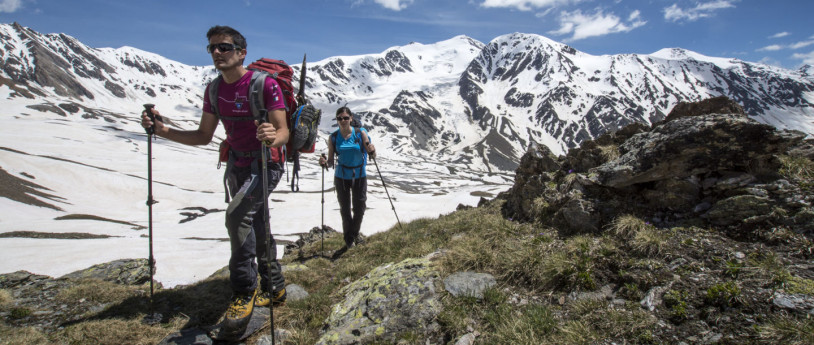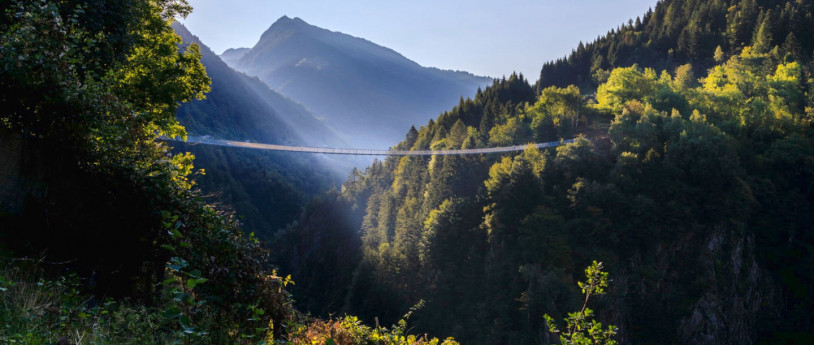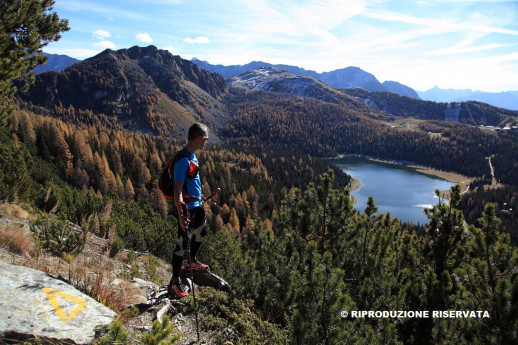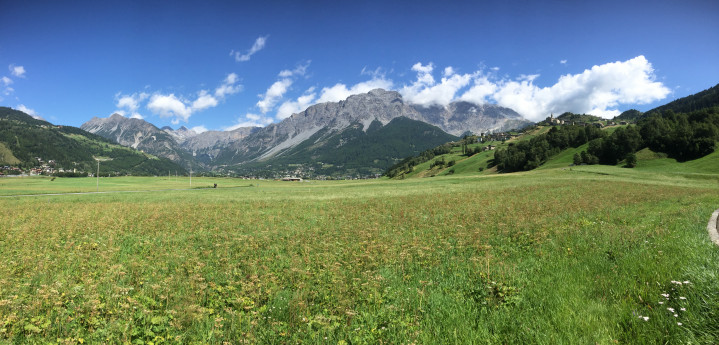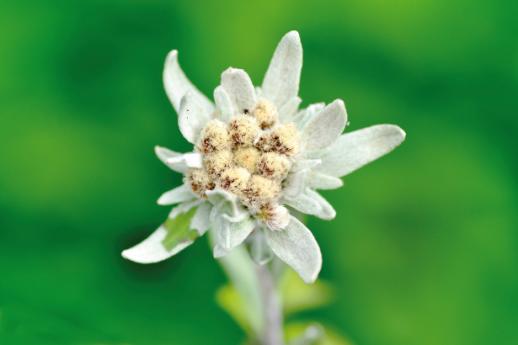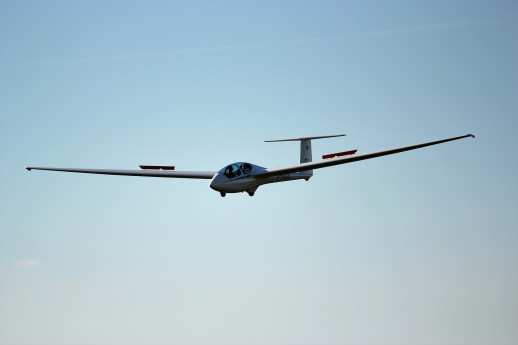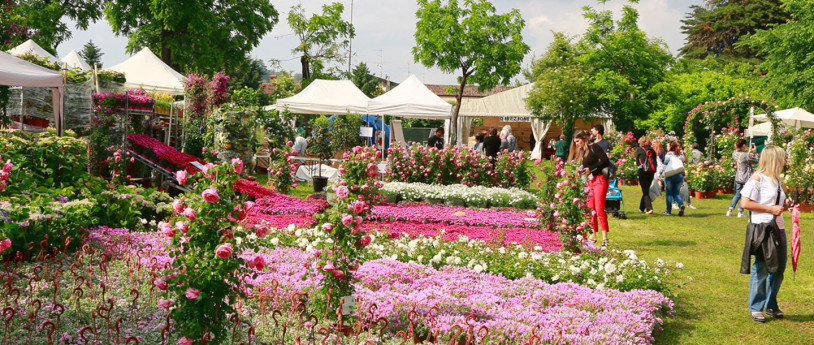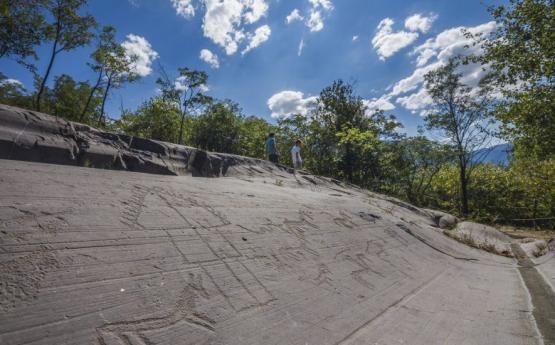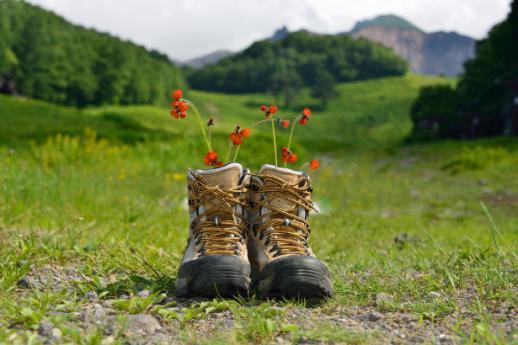- Active & Green
- Mountains
In search of the king of mushrooms
On the plains, in the woods, on tree stumps along the rivers, in the pine forests, and the foothills of the Pre-Alps in Lombardy, finding mushrooms is quite easy: honey fungus, Agaricus campestris, Caesar's mushrooms, chanterelle, and chestnut mushrooms are all popular, and with a bit of luck it is possible to return home with a basket full of them.
Harder to find - but even more satisfying - is the king of mushrooms: the porcini mushroom. Firstly because it does not grow everywhere, or in all seasons - but only in certain conditions. Furthermore, it also hides itself well - and may suddenly just appear, even where you have already looked! This is because it generally takes just a few hours to grow - and can even reach sizeable dimensions in this time.
Good luck isn't enough - remember that in some areas of Lombardy the presence of Boleti Eduli is more widespread, making it easier to find these delicious protagonists of our regional cuisine. We have selected three destinations for gathering porcini mushrooms in Lombardy just for you... success is virtually guaranteed! But before we let you in on the secret, here is some essential background information.
Some information about porcini mushrooms
The typical species of the porcini mushroom is the Boletus Edulis and at least 300 belong to this genus. These are the most common in Lombardy: the black cep is the most prized and highly regarded, and is robust and showy; the summer porcini, with its cracked cap, is widespread throughout Italy; the brown porcini has a delicate appearance, is ideal for drying, and is widespread in pine forests with sandy soil; the bovine porcini is well-liked by cattle; Suillus grevillei, known as the elegant porcini, has a white ring and bright yellow cap and loves the larches of the Alps and northern Apennines; and then there is Suillus granulatus, with its rust-coloured cap, which is widespread in coniferous and deciduous woods.
Expert advice for gathering mushrooms
The presence of porcini mushrooms is influenced by the weather during spring and summer, especially rainfall and heat. There are two optimum periods for gathering porcini mushrooms: one is late spring, but September-October are even better, when the autumnal rains begin. Because without rain, porcini mushrooms don't grow. Every forest, from an altitude of 700m to 1,300m, can be a great place for porcini to hide, but these mushrooms have particular tastes: they prefer conifers and broad-leaved trees and in particular the soil at the base of oaks, chestnut trees, and beech trees.
It's a good idea to wear long boots and trousers to avoid slipping, insect bites and snake bites. Porcini mushrooms must be extracted from the ground carefully, twisting them slightly and pulling them upwards. They should be cleaned with a knife and placed upside down in a basket, so that the fungal spores can fall and repopulate the area (plastic bags are expressly forbidden). You should never gather all of the mushrooms present: leave some to mature and produce spores to generate other mushrooms.
Permits and gathering periods: what the law says
It's important to know that every area has its own rules in this regard, so ensure that you inform yourself on local regulations. In the region of Lombardy the rules state that gathering porcini mushrooms is free throughout the region. But in order to protect biodiversity and the environment, many municipalities of the Mountain Communities of Val Camonica, Brembana, Seriana, Sebino bresciano, Scalve, Oltrepò Pavese and the administrative bodies of the Ticino Park and the Pineta Park may request contributions (a daily, weekly, monthly or annual card). In general, the maximum quantity of mushrooms that can be gathered by law is equal to 3kg, unless otherwise stated by local regulations. Finally, pay maximum attention to the edibility of the mushrooms you gather! Always ensure that they are not at risk: for this purpose, the mycological inspectorates of ATS offer a free and vital service.
Porcini hunting in Lombardy: 3 foolproof locations
The best area to harvest porcini mushrooms in Lombardy is probably the province of Sondrio, which includes the woods of Bassa Valtellina in many different places, such as Albaredo, Bema, Buglio in Monte, Cosio Valtellino, Costiera dei Cech, Pedesina, Rasura, Talamona, Val Gerola Alta.
On Troppofunghi you can find regulations regarding local growth and gathering. The woods around Oga in Alta Valtellina are famous for porcini mushrooms.
In the province of Bergamo, the top spot belongs to Val Brembana, which includes the best places for the collection of porcini mushrooms and mushrooms in general. The areas governed by regulations for managed collection by the Mountain Community of Val Brembana are: Averara, Branzi, Carona, Cassiglio, Cornalba, Costa Serina, Cusio, Dossena, Foppolo, Isola di Fondra, Lenna, Mezzoldo, Moio de Calvi, Olmo al Brembo, Oltre il Colle, Ornica, Piazza Brembana, Piazzatorre, Piazzolo Roncobello, Santa Brigida, Serina, Taleggio, Valleve, Valnegra, and Valtorta.
Every year in Alto Brembo, Fungolandia takes place at the start of September (this year from the 5th to the 13th), offering excursions to find the largest mushroom, demonstrations, markets, and many themed cultural events.
Let's turn eastwards, towards the area of Lake Como: here, the best areas to find porcini mushrooms are the woods around the municipalities of Ronago, Uggiate, Bizzarone and Drezzo, but above all the higher-up woods of the Valle d'Intelvi, near the Swiss border. The area overlooking Pian delle Alpi and Varesello Alto between Alpe di Pigra and Alpe di Colonno is especially popular with experts. For updates on mushroom picking it is useful to consult the website of the Mountain Union of Municipalities of the Lanzo, Ceronta and Castelmonte Valleys.
